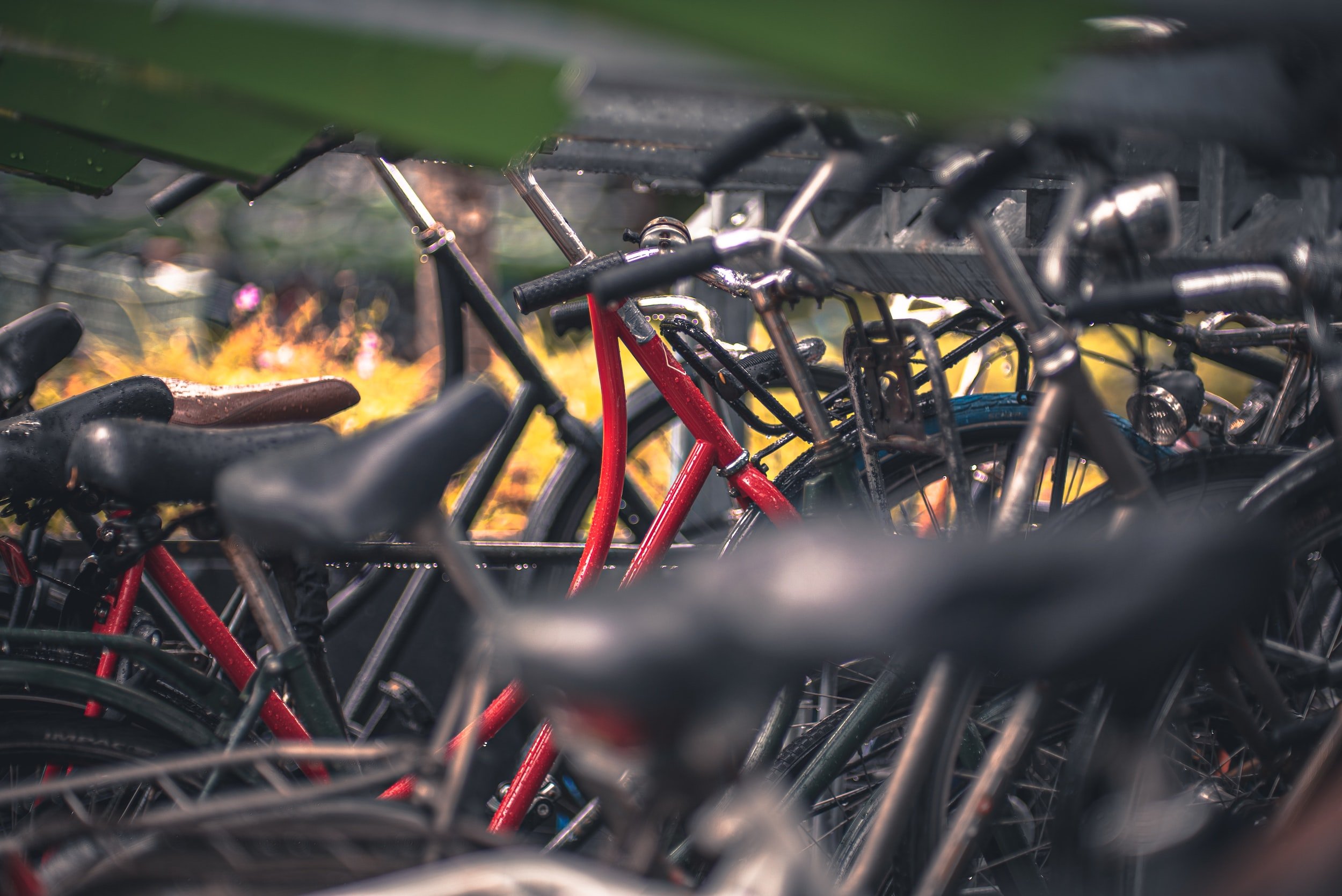The Bicycle Alternative
In 2017, the Bureau of Transportation Statistics reported that of the 1.1 billion trips Americans took each day, such as shopping, errands, recreation, and commuting, 87% of the transportation was done via personal vehicle. Furthermore, 91% of people commuting to work used a personal vehicle rather than other means such as bus or rail. It is unsurprising to learn, then, that transportation is responsible for the largest share of greenhouse gas emissions in the United States, comprising 29% of emissions in the economic sector. A staggering 58% of this share is from passenger vehicles alone. Personal vehicles, buses, light rail, and heavy rail produce about 0.96, 0.64, 0.36, and 0.22 pounds of CO2 per mile, respectively, but what other choices do Americans have to get around town? Given the scarcity, unreliability, and generally poor quality of public transportation systems in America, all the blame must not be placed on individual choices. For many people, a humble alternative exists in the bicycle.
Boasting a measly 0.02 pounds of CO2 per mile traveled, the bike is leagues ahead of its alternatives in terms of emissions. Although the act of riding a bicycle produces no carbon, the types of foods the cyclist eats to power movement as well as the material the bicycle is made from can muddy the carbon-calculus, but the bottom line is clear: the carbon cost of transport by bicycle is merely a fraction of all available alternatives. The introduction of cargo-bikes to the scene has allowed riders to ditch their cars while performing daily activities such as grocery shopping and bringing the kids to school. Electric bicycles, dubbed e-bikes, have helped to conquer geological barriers such as large hills and assist those with disabilities in joining the cycling revolution. Although there is an additional carbon cost associated with the production of an e-bike, the small size of the battery coupled with the reduced metabolic demand of “assisted-cycling” amounts to only 0.006 more pounds of CO2 per mile traveled than a regular bike. Each time a rider chooses their bike over their car, they are taking a slice out of their carbon footprint.
The potential for human health benefit is as large as the environmental benefit. The Environmental Protection Agency (EPA) defines noise pollution as “unwanted or disturbing sound that interferes with normal activities.” Noise pollution and its associated impacts on stress-related illnesses, high blood pressure, hearing loss, and sleep disruption stand to be mediated, at least partially, with a reduction in combustion-engine presence. Swapping out cars for bikes will not solve the issues of construction noise, music, and other sounds of vibrant living, but every little bit helps.
Aside from noise, there’s air pollution to contend with, as well. In 2015, the ambient particulate matter and ozone concentration associated with tailpipe emissions were linked to 385,000 pre-mature deaths globally. Frankly, cars are making us sick.
Besides, who couldn’t use a little more movement in their daily lives? Cycling is a low-impact form of cardiovascular exercise, available to individuals at varying levels of experience and physical fitness. Experts suggest 150 minutes of moderate aerobic exercise per week for improving cardiovascular health, lowering blood pressure, regulating blood sugar, reducing chronic pain, and aiding sleep. In a world dominated by sedentary work, these fleeting minutes of movement are more important than ever. Why not maximize your time and do this while commuting to work or elsewhere on a bicycle?

